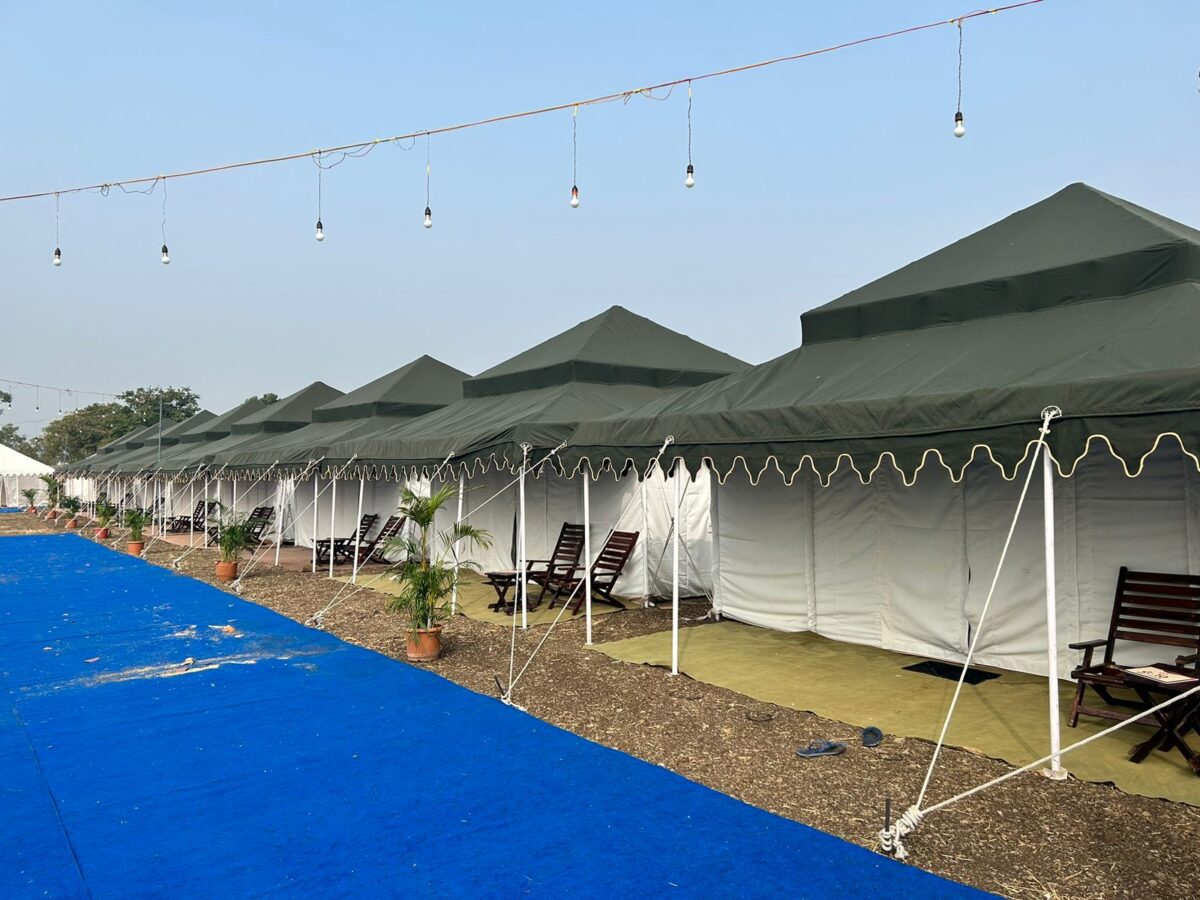Nashik Kumbh 2027
Introduction
Welcome to the world’s largest congregation of human beings – the Kumbh Mela. This is a Hindu pilgrimage that takes place every 12 years and is a time when millions of people come together to celebrate their faith. In this article, we will be taking a closer look at the Nashik Kumbh Mela and what makes it such a special event.
History of Nashik Kumbh Mela
The Nashik Kumbh Mela has a rich history that dates back centuries. According to Hindu mythology, the event commemorates a time when the gods and demons were fighting over a pitcher (Kumbh) of the nectar of immortality. During the battle, a few drops of the nectar spilled onto four places on Earth – Nashik, Allahabad, Haridwar, and Ujjain. It is believed that these four locations are where the Kumbh Mela takes place.
The Nashik Kumbh Mela takes place on the banks of the Godavari river, which is considered one of the holiest rivers in India. The first recorded instance of the Nashik Kumbh Mela was in the 17th century, and since then, it has grown in popularity, with millions of people attending the event every 12 years.
Significance of Nashik Kumbh Mela
The Nashik Kumbh Mela is significant for several reasons. For one, it is a time when people can come together and celebrate their faith. It is also a time when people can wash away their sins by taking a dip in the holy river Godavari. Hindus believe that by taking a dip in the river during the Nashik Kumbh Mela, they can cleanse themselves of their sins and attain salvation.
The Nashik Kumbh Mela is also an opportunity for people to connect with other like-minded individuals. People from all walks of life and from all over India and the world come together during the event, making it a truly unique experience.
Rituals and Practices During Nashik Kumbh Mela
The Nashik Kumbh Mela is marked by several rituals and practices. One of the most important of these is the taking of a dip in the holy river Godavari. This is believed to wash away one’s sins and purify the soul.
Another important ritual is the performing of puja (prayer) to the gods. This is done by offering flowers, fruits, and other items to the deities. The puja is usually performed by a priest and is a way of showing devotion and gratitude to the gods.
During the Nashik Kumbh Mela, there are also several processions (parades) that take place. These processions are led by holy men (sadhus) who are considered to be spiritual leaders. The sadhus are often dressed in orange robes and carry tridents or other spiritual symbols.
How to Attend Nashik Kumbh Mela
If you’re interested in attending the Nashik Kumbh Mela, there are several things you need to keep in mind. Firstly, the event takes place every 12 years, so you’ll need to plan your trip accordingly. The exact dates of the Nashik Kumbh Mela can vary, so it’s important to check the schedule beforehand.
Secondly, it’s important to prepare for the event. This means packing appropriate clothing, as well as any necessary medication. It’s also important to keep in mind that the Nashik Kumbh Mela is a crowded event, so you’ll need to be prepared for large crowds and long waits.
The Nashik Kumbh Mela is a truly unique event that brings





